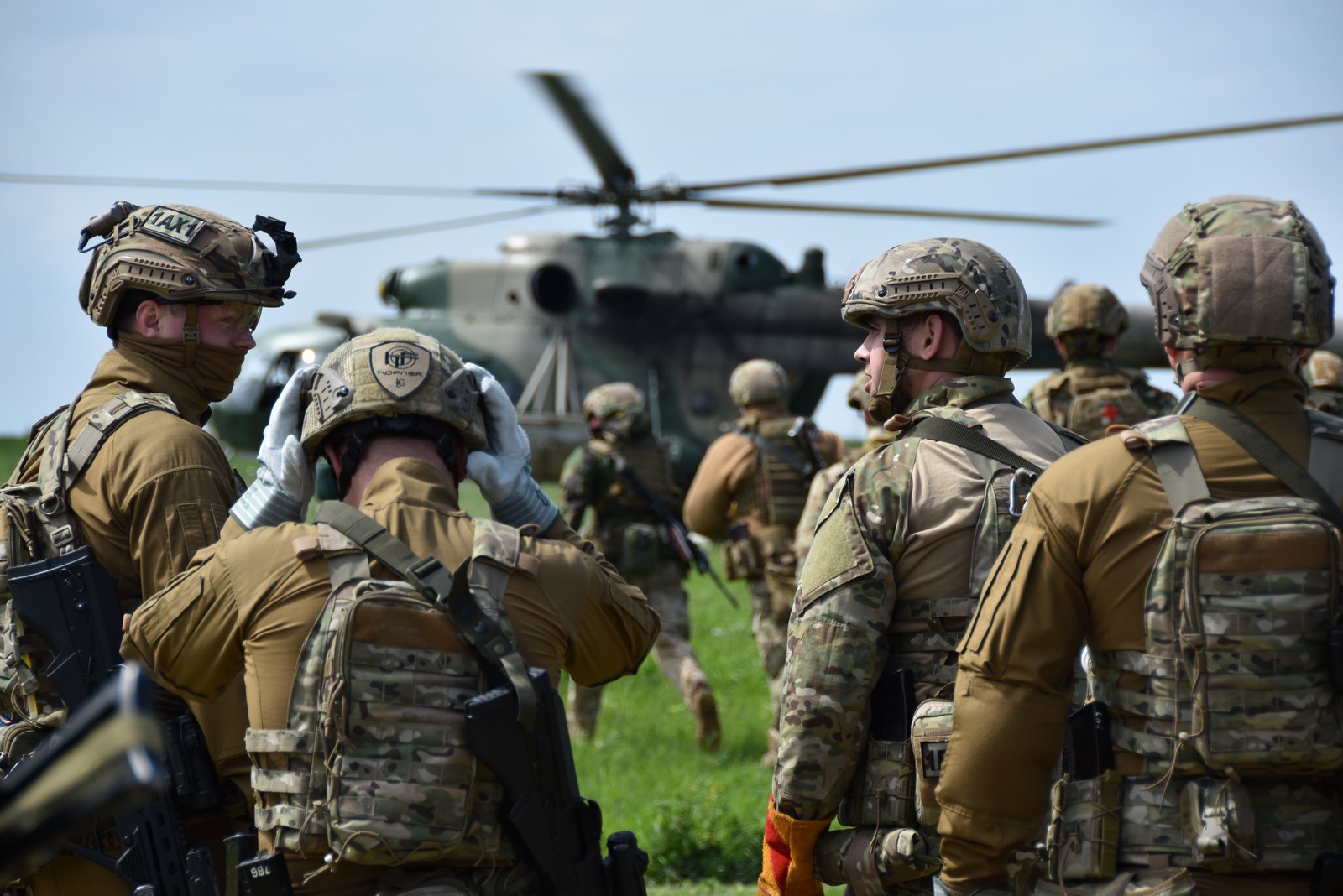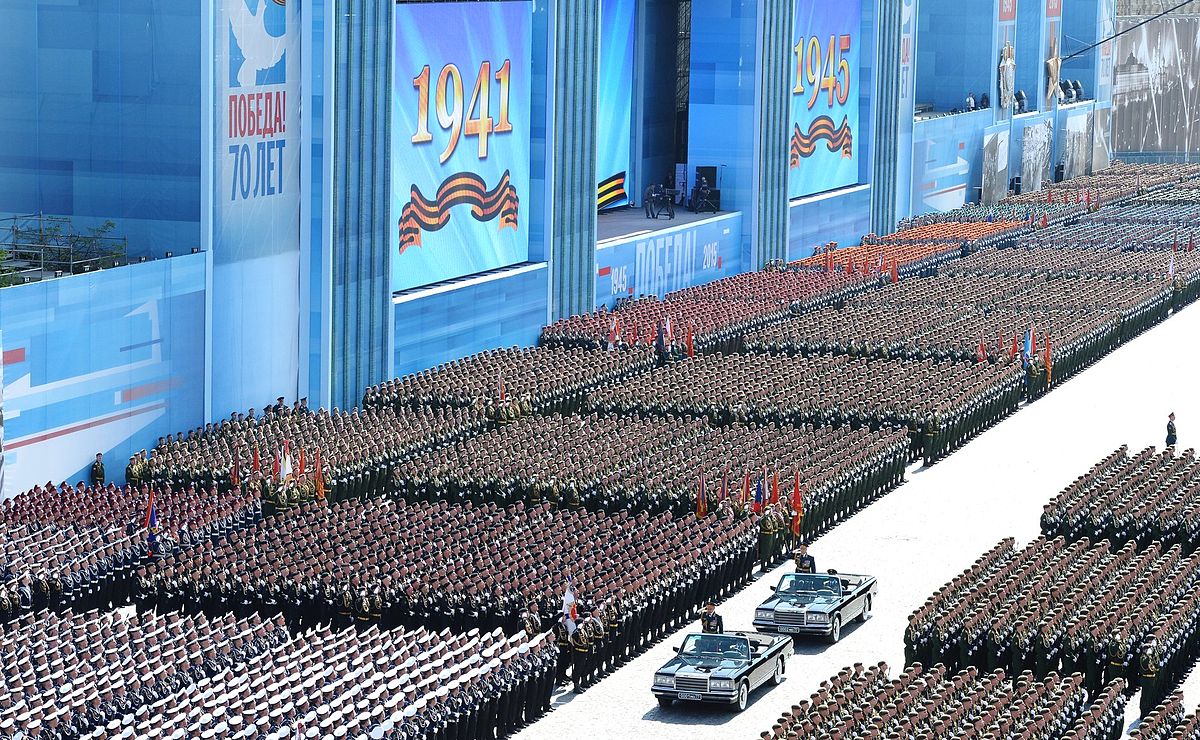Before the clash in Ukraine: winter war or a cold shower? (Part 2)

Ukrainian special forces operators during exercises (Source: armyinform.com.ua)
I believe that the experts are generally exaggerating in their assessment of Russian military capabilities and underestimating the defensive capabilities of the Ukrainian troops.
Romuald Szeremietiew
(…)
As emphasized by the media specializing in matters of defense, since 2014 the potential of the Ukrainian armed forces was considerably strengthened, with the rebuilding of the army, eliminating various internal pathologies, repairing military equipment, supplying various units with mobilized soldiers, expanding the army in structure, and implementing new training procedures. Ukraine focused on an improved system of mobilization and training of reserves, abandoning the concept of only creating a professional army.
The most visible is the expansion of the ground forces, which is expressed in the restoration of combat readiness to tactical unions and the creation of new brigades, regiments, and battalions. A large-scale reconstruction of mobilization possibilities was undertaken through the formation of territorial defense units, an operational and general mobilization reserve was created, and the “reserve corps” have several mapped brigades that can be quickly developed into tactical associations. The armored and mechanized brigades that existed in 2015 were mobilized to full-time military positions and new units were formed. Ukraine also built warehouses sourcing armored weapons, allowing tank subunits to be present not only in armored and mechanized brigades, but also in motorized infantry, marines, airmobile forces, and the National Guard.
Currently, Ukraine has 34 brigade-level tactical unions compared to a dozen or so brigades from the beginning of 2014. In 2018, there were two armored brigades (three military brigades in the reserve corps), nine mechanized brigades (four military brigades, reserve corps), two mountain brigades and four motorized brigades, seven assault brigades, two marine brigades (another brigade is being formed). There are artillery brigades and regiments, air defense regiments, communications regiments, engineering regiments. The operational potential of the army in the event of a full-scale conflict will be strengthened by the National Guard supervised by the Ministry of Interior and the Territorial Defense Forces as part of the Ukrainian land forces. The National Guard has several tactical units at the brigade and regiment levels that can be used at the front as a replacement for mechanized units. OT brigades (there are supposed to be 25) work together on brigade exercises and exercises of a lower rank. The team consists of operational troops, and the reserve soldiers are constantly undergoing training at the company and battalion level.
There are of course various shortcomings, especially financial problems and difficulties related to the technical modernization of the army. The modernization of armored equipment and artillery is selective in nature and it is difficult to consider a significant part of the combat equipment in service as modern. However, despite this, the armed forces of Ukraine show enormous progress in increasing their combat potential as well as the combat capabilities of the troops. The military equipment virtually corresponds to that of the Russian army, where there are more modern weapons, although in limited quantities.
I believe that various experts generally exaggerate in their assessment of Russian military capabilities and underestimate the defensive capabilities of the Ukrainian troops. This is a different situation than during the war between Russia and Georgia in 2008. At that time, Georgia had a fairly good army, but it was formatted for foreign missions and had no capacity to defend its own country. The Ukrainians, on the other hand, have virtually already conducted a full training of defense operations in their country.
With what are you going to war?
The Secretary of the National Security and Defense Council of Ukraine, Oleksiy Danilov, announced that Russia had gathered around 127,000 soldiers at the Ukrainian borders. military. However, he estimates that Russia would have to amass a million soldiers for a large-scale land operation. According to Ukrainian and foreign military experts, this number would have to be at the level of at least 300,000 or even 500,000 soldiers. One way or another, the size of the Russian forces currently gathered on the Ukrainian border will not be sufficient to carry out an operation to seize the country. Unless Russia does not intend to conquer all of Ukraine.
In a press conference on January 19th, US President Joe Biden said that “if Russia enters Ukraine, Putin will pay a terrible price for it”. He immediately added that Putin would pay a lot smaller price if he organized a “minor incursion”. He did not explain whether this minor incursion would constitute only a cut-off of Ukraine from the Black Sea or whether it also included the occupation of Kiev by the Russians or perhaps the left-bank (to the Dnieper) of Ukraine.
In my opinion, Russian forces currently located on the Russian-Ukrainian border are enough to carry out a smaller invasion, which the US will “swallow”. American intelligence indicates that Russia may invade with up to 100 battalion tactical groups or approximately 175,000 soldiers. It has been determined that about 50 such battalion groups are already in place in the north and east of Ukraine and in Crimea in the south, which makes it possible for a Russian attack from three directions. We’ll see what happens soon enough, because Putin already knows that a “minor incursion” won’t hurt the US too much. It may also turn out, however, that the winter war with Ukraine will be a cold shower for Putin’s imperial plans if the Ukrainians successfully block the Russian aggressor, and they do have a chance at that.
This article was published in February 2022 in “Do Rzeczy” magazine.



